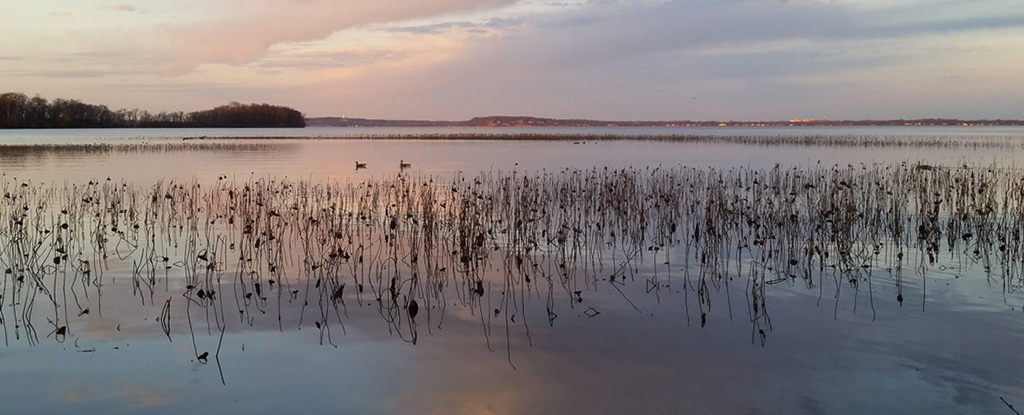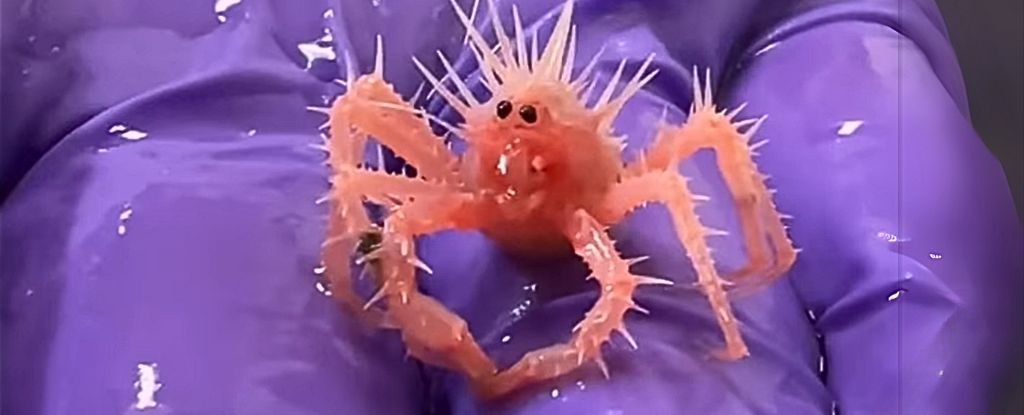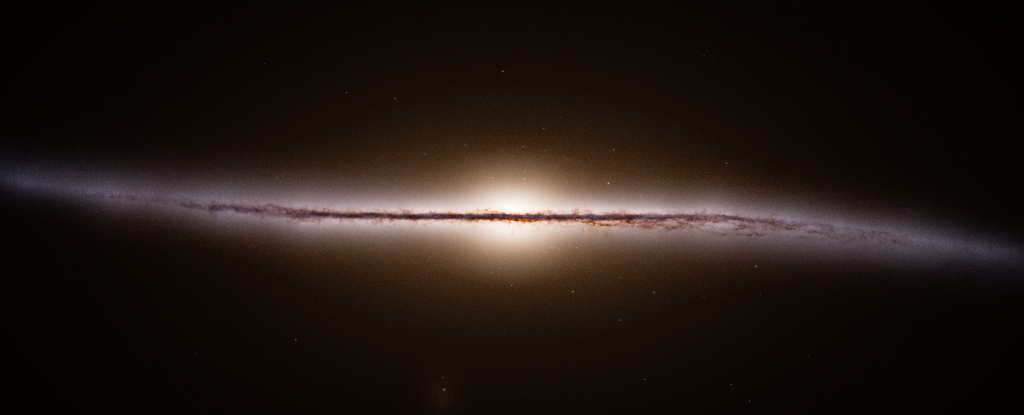Lake Mendota in Wisconsin is transformed by the changing seasons – covered by ice in winter, and by algae in summer – and a new study shows how these cyclical shifts are putting the lake’s bacteria into evolutionary loops.
Led by researchers from the University of Texas at Austin, the team behind the study analyzed 471 lake microbe samples collected across 20 years, looking at genetic variations within and between species through time.
The data showed thousands of bacteria species evolving through the generations, then evolving back to a virtually identical state as the seasons shifted. As microbes live just a few days, we’re talking about genetic evolution crossing thousands of generations within the span of one year.
frameborder=”0″ allow=”accelerometer; autoplay; clipboard-write; encrypted-media; gyroscope; picture-in-picture; web-share” referrerpolicy=”strict-origin-when-cross-origin” allowfullscreen>
These cycles repeated year on year too, like a video played through and then played backwards, back to the original starting point. Of the 2,855 bacterial genomes studied, cyclical seasonal changes were found in 80 percent of them.
“This study is a total game changer in our understanding of how microbial communities change over time,” says marine scientist Brett Baker, from the University of Texas at Austin.
“This is just the beginning of what this data will tell us about microbial ecology and evolution in nature.”
As environmental conditions changed, the analysis showed, different bacterial strains were able to thrive and become dominant – only to lose ground to other strains as the seasons changed back. Around 20 percent of the studied species showed a more sustained pattern of genetic change, spanning decades.
This was particularly evident in 2012, when the lake experienced a summer that was hotter and drier than normal. The team noted a substantial shift in genes handling the bacteria’s nitrogen metabolisms that year – most probably because of lower levels of nitrogen-producing algae, resulting from less water flowing into the lake.
With the help of a supercomputer to vastly speed up the process, the researchers assembled what are called metagenomes from each water sample, a technique designed to look closely at genetic sequences from DNA fragments over time.
“Imagine each species’ genome is a book, and each little DNA fragment is a sentence,” says microbial ecologist Robin Rohwer, from the University of Texas at Austin. “Each sample has hundreds of books, all cut up into these sentences.
“To reassemble each book, you have to figure out which book each sentence came from and put them back together in order.”
The findings suggest ecology and evolution seem to go together rather than operating distinctly – and that’s an important perspective for researchers, especially when studying a planet that continues to heat up.
Knowing which bacteria strains will dominate helps scientists figure out how much carbon lakes might absorb, for example – and how the aquatic food chains could be affected through adaptations to warmer seasons.
” Climate change is slowly shifting the seasons and average temperatures, but also causing more abrupt, extreme weather events,” says Rohwer.
“We don’t know exactly how microbes will respond to climate change, but our study suggests they will evolve in response to both these gradual and abrupt changes.”
The research has been published in Nature Microbiology.





